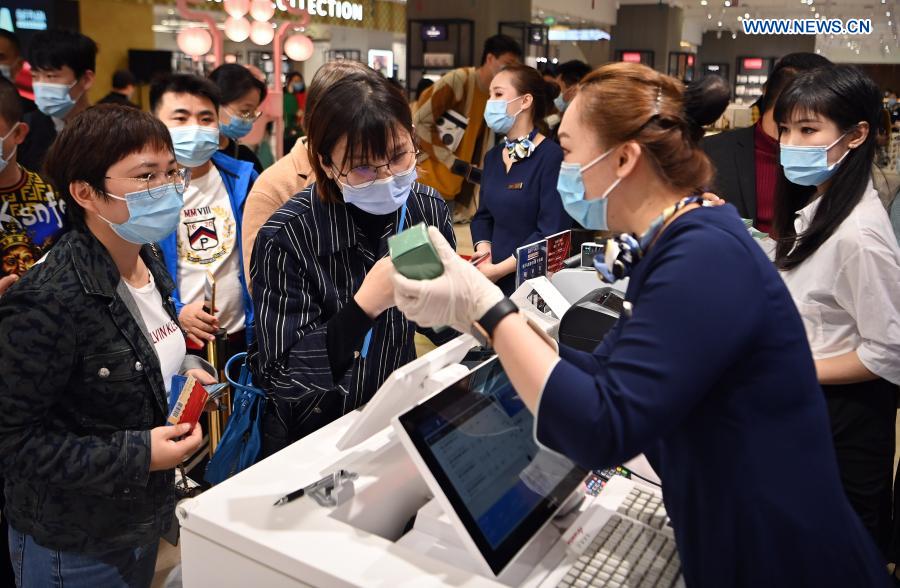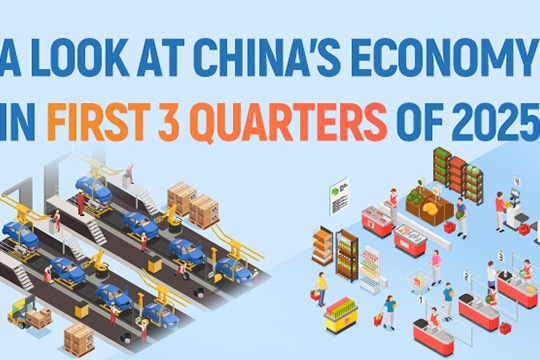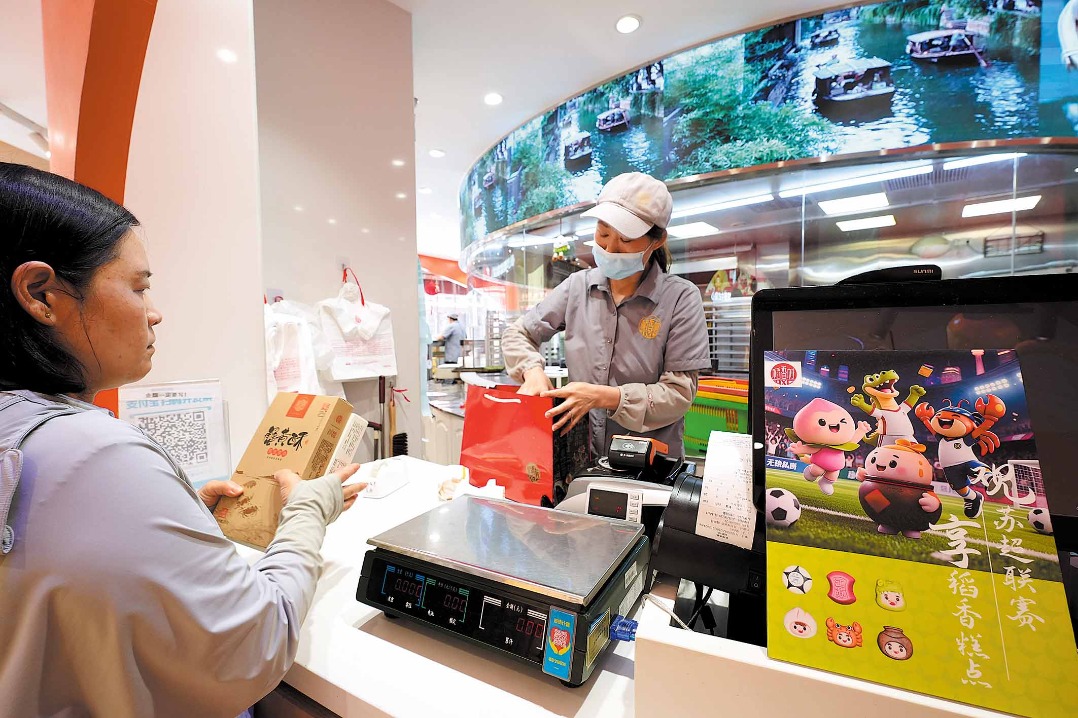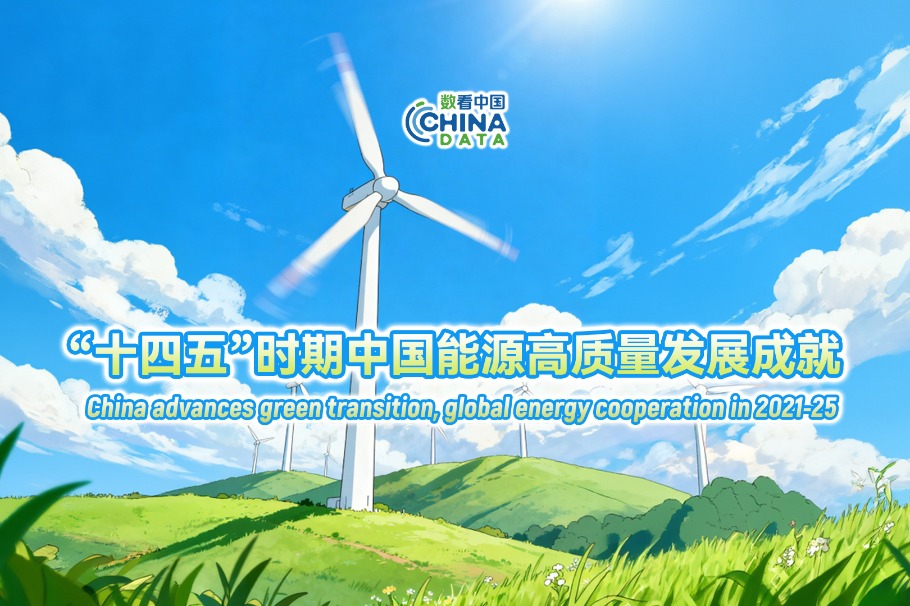Stable momentum should excite investors across asset classes


China's better-than-expected economic growth in 2020 amid the pandemic, accompanied by multiple structural improvements in the economy, indicated the internal circulation-the domestic cycle of production, distribution, and consumption-has recovered to almost pre-pandemic levels.
China's economy expanded by 2.3 percent in 2020, driven by the 6.5 percent growth in the fourth quarter, data from the National Bureau of Statistics showed on Jan 18.
Looking ahead, the accelerated recovery of household consumption and manufacturing investments is expected to further strengthen the Chinese economy's endogenous growth momentum. Together with the consistent economic policies, it is likely to usher in economic recovery this spring. Therefore, it is expected to lay the foundation for stable economic growth throughout the year.
From a financial perspective, the logic that underpins investment is expected to center on fundamentals this year, instead of liquidity. For renminbi assets, risky assets are expected to outperform safe-haven assets.
Cyclical assets are forecast to perform well in the first half of the year, while assets connected to business growth are probably worthy of long-term deployment in the second half.
According to NBS data, year-on-year economic growth in the fourth quarter of 2020 was 1.6 percentage points higher than that in the third quarter. This had sparked predictions late last year that the Chinese economy will likely register the fastest expansion in 2020 among major economies.
In general, at the end of 2020, China's economy had basically returned to the pre-pandemic level, with fundamental resilience further reinforced.
The value added of industrial enterprises above designated size in December 2020 increased 7.3 percent year-on-year, rising to the peak since March 2019, and marking the recovery of supply chain to maintain the supply-side export advantage against the background of the COVID-19 pandemic.
Retail sales of consumer goods in the fourth quarter increased 4.6 percent year-on-year, with an increase of 3.7 percentage points from that in the third quarter, indicating faster demand-side recovery.
Thanks to the government's focus on ensuring stability on the six fronts and security in the six areas, the GDP growth has strengthened its role in supporting employment and improving people's livelihood.
The surveyed urban unemployment rate was 5.2 percent in December, unchanged from the same period in 2019, and 11.86 million new urban jobs were created in 2020, exceeding the average annual growth target under the normal conditions for the 2017-19 period. This indicated that the epidemic's impact on social development and people's livelihood is quickly fading.




































